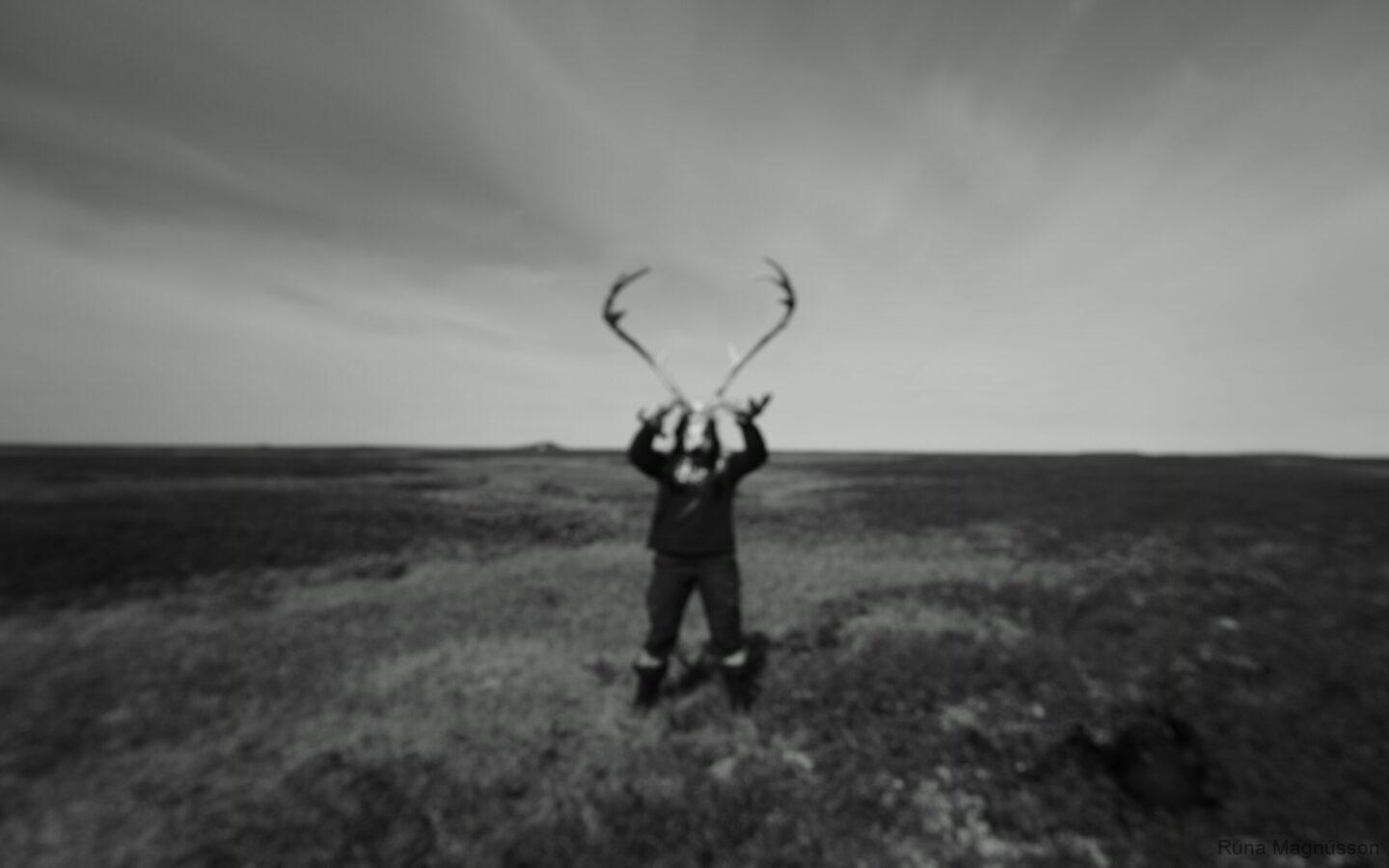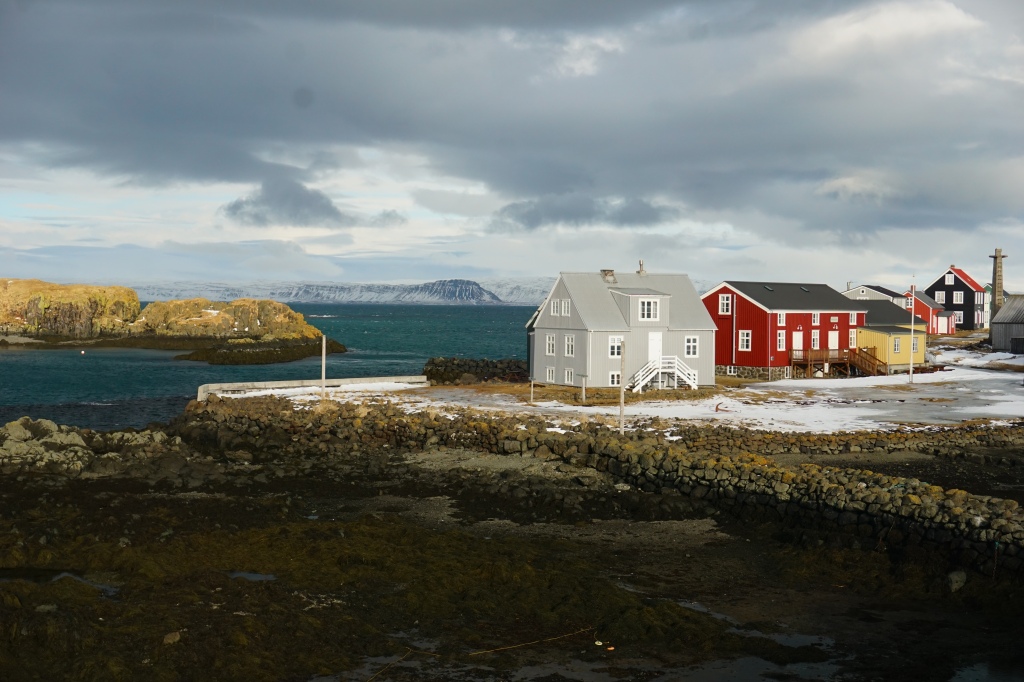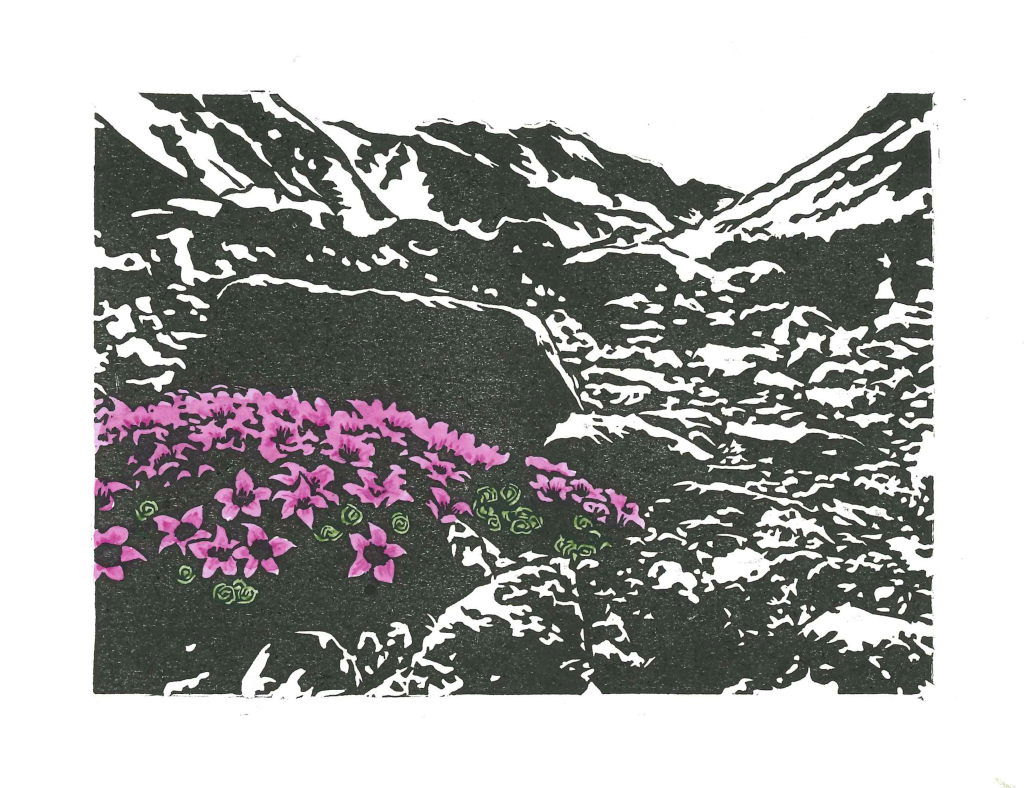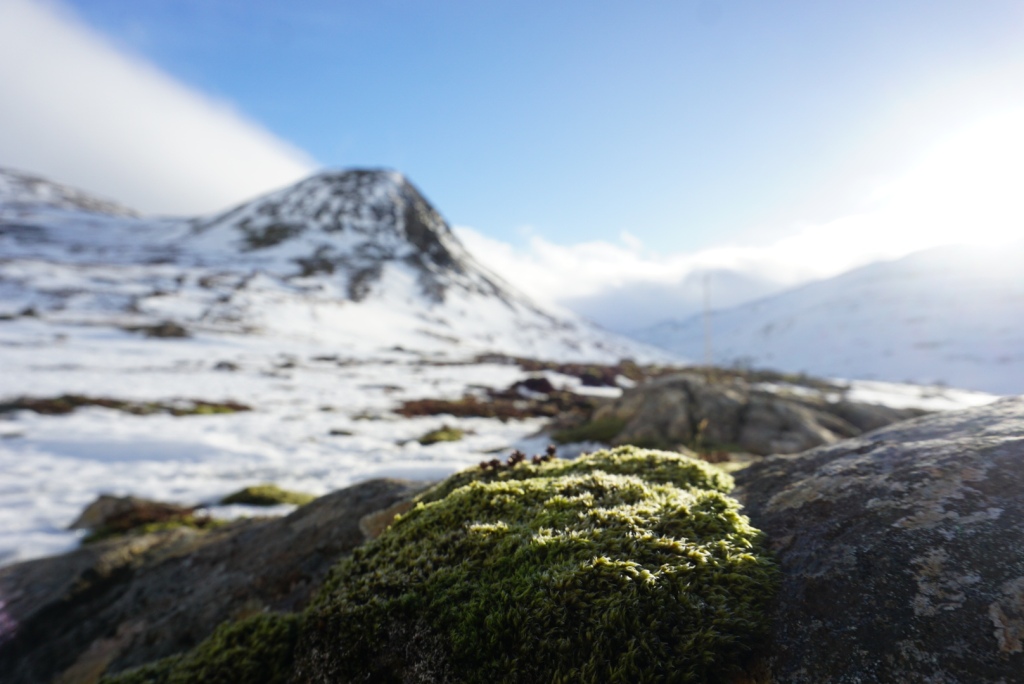An important component of my PhD research was to identify succession mechanisms in tundra areas that had collapses and become waterlogged due to thawing of permafrost. Succession in ecology refers to groups of plants that colonize new habitats one after the other, where each step paves the way for the next. We were especially interested to see whether this succession of plants could lead to recovery of the degraded permafrost. We inventoried degraded permafrost areas (thaw ponds) of various ages and used satellite images that we subdivided into pixels representing particular types of plants. This way, we identified transitions in the landscape from one plant community to the other, that I visualized as a so-called “Markov Chain” diagram (see header image and this publication). This is a very effective visual summary of a landscape in transition.













Leave a comment